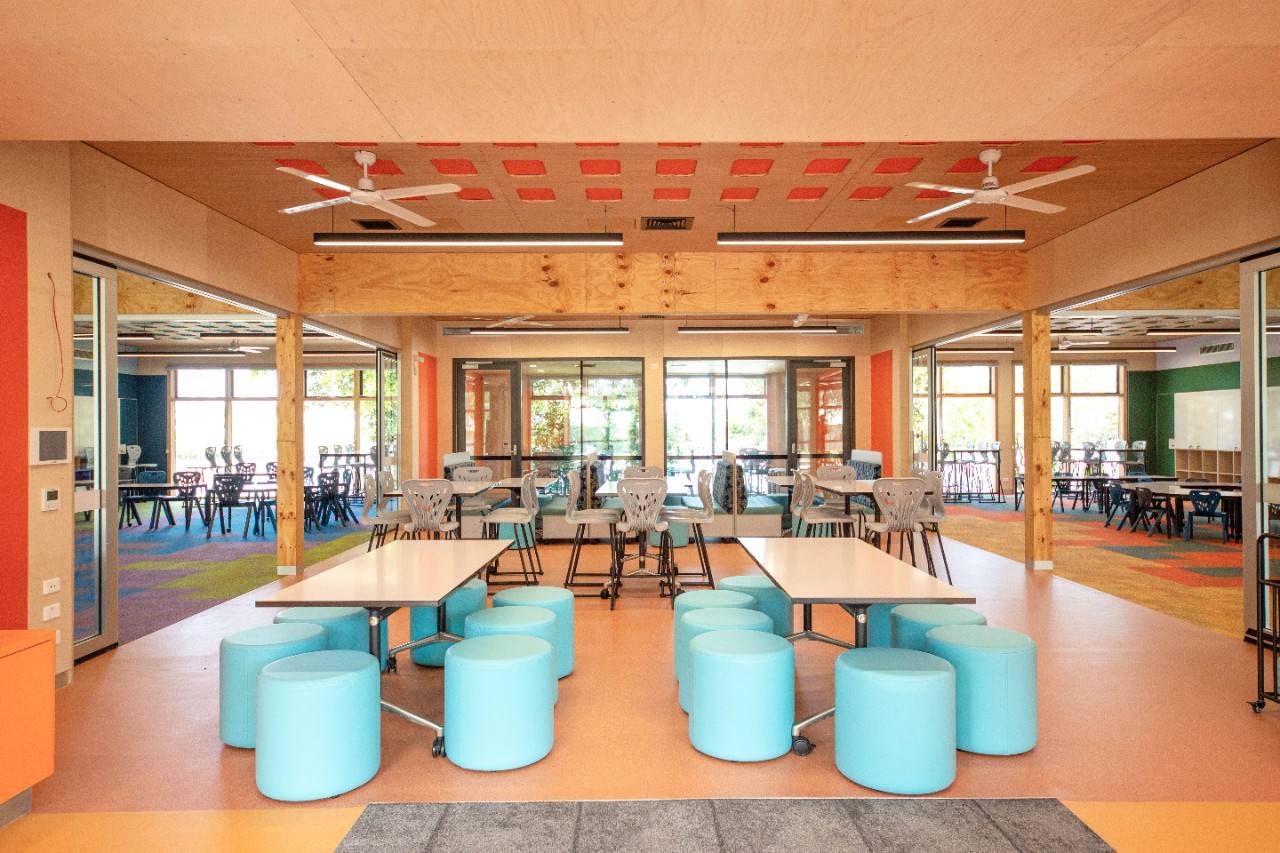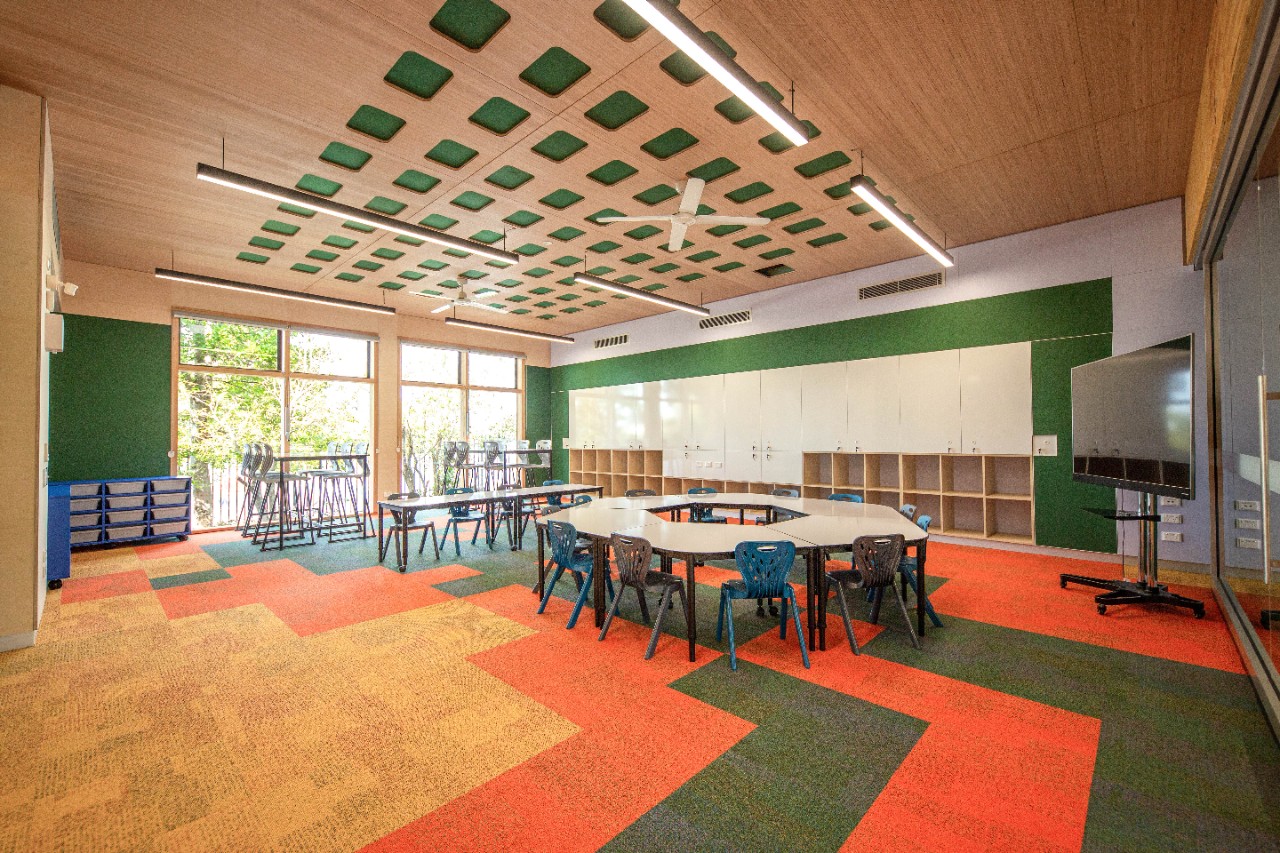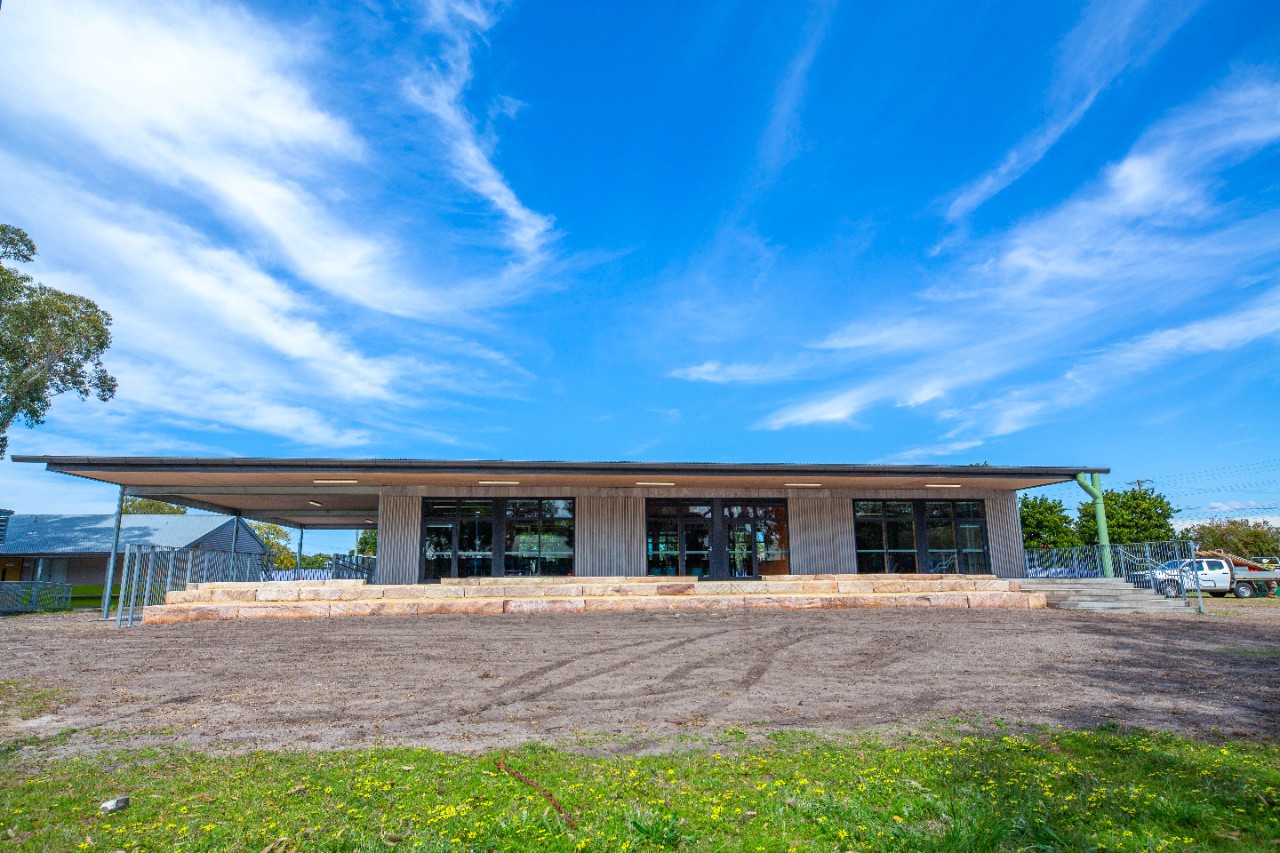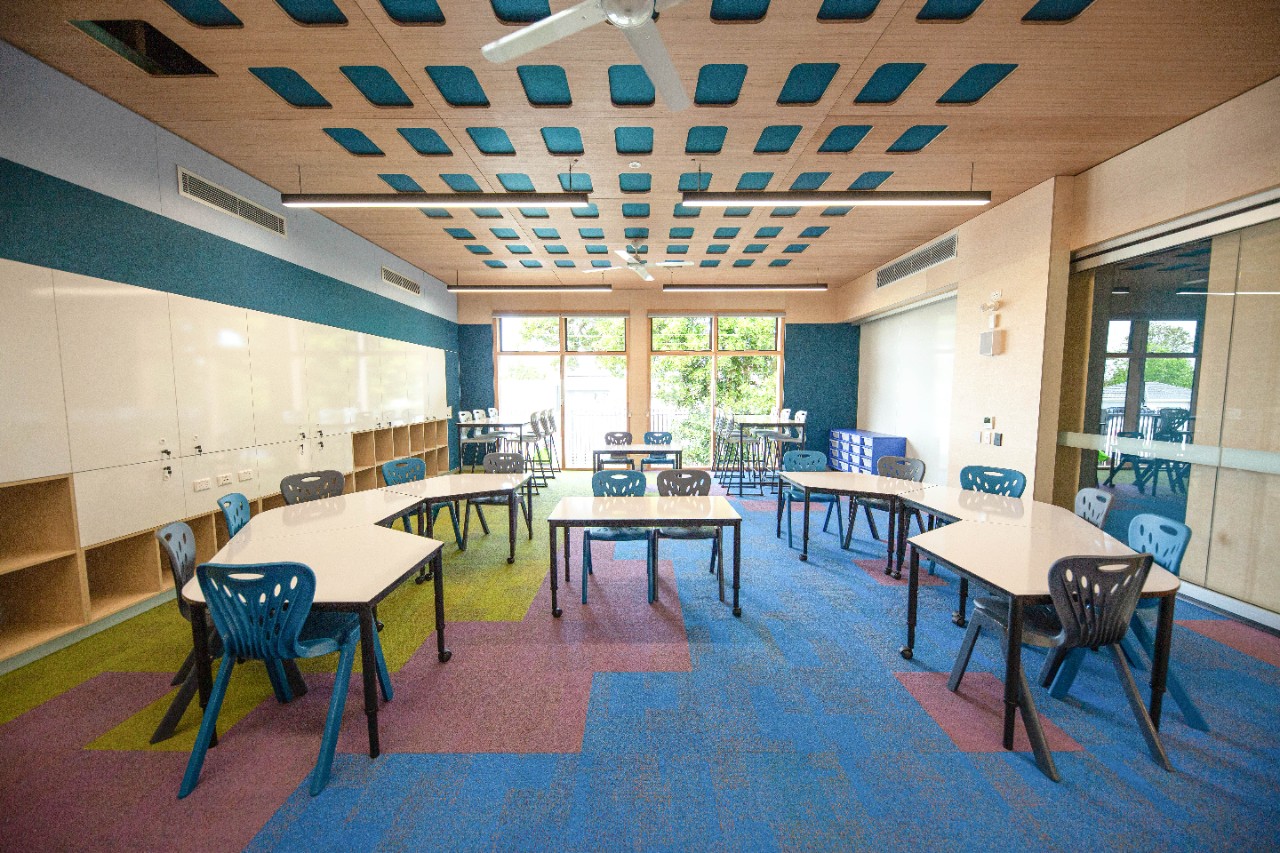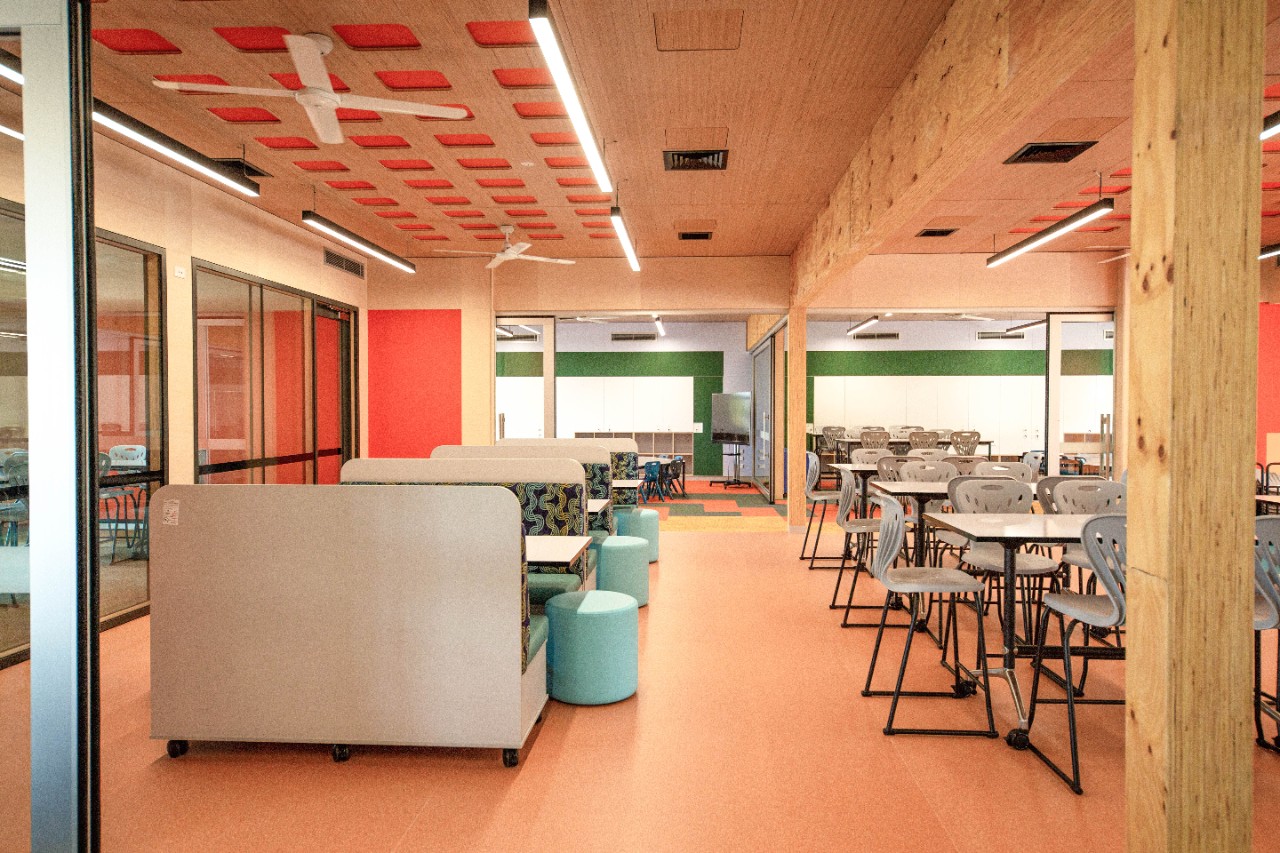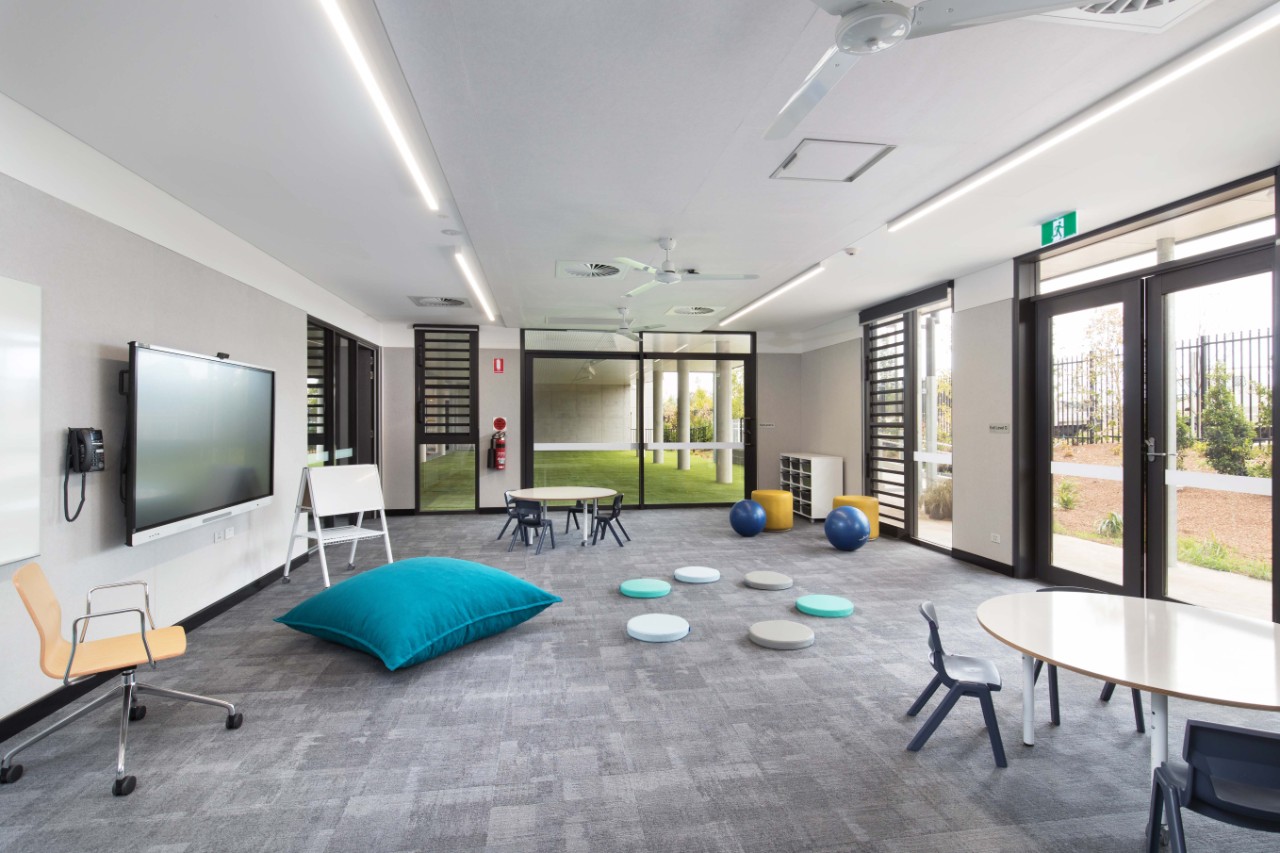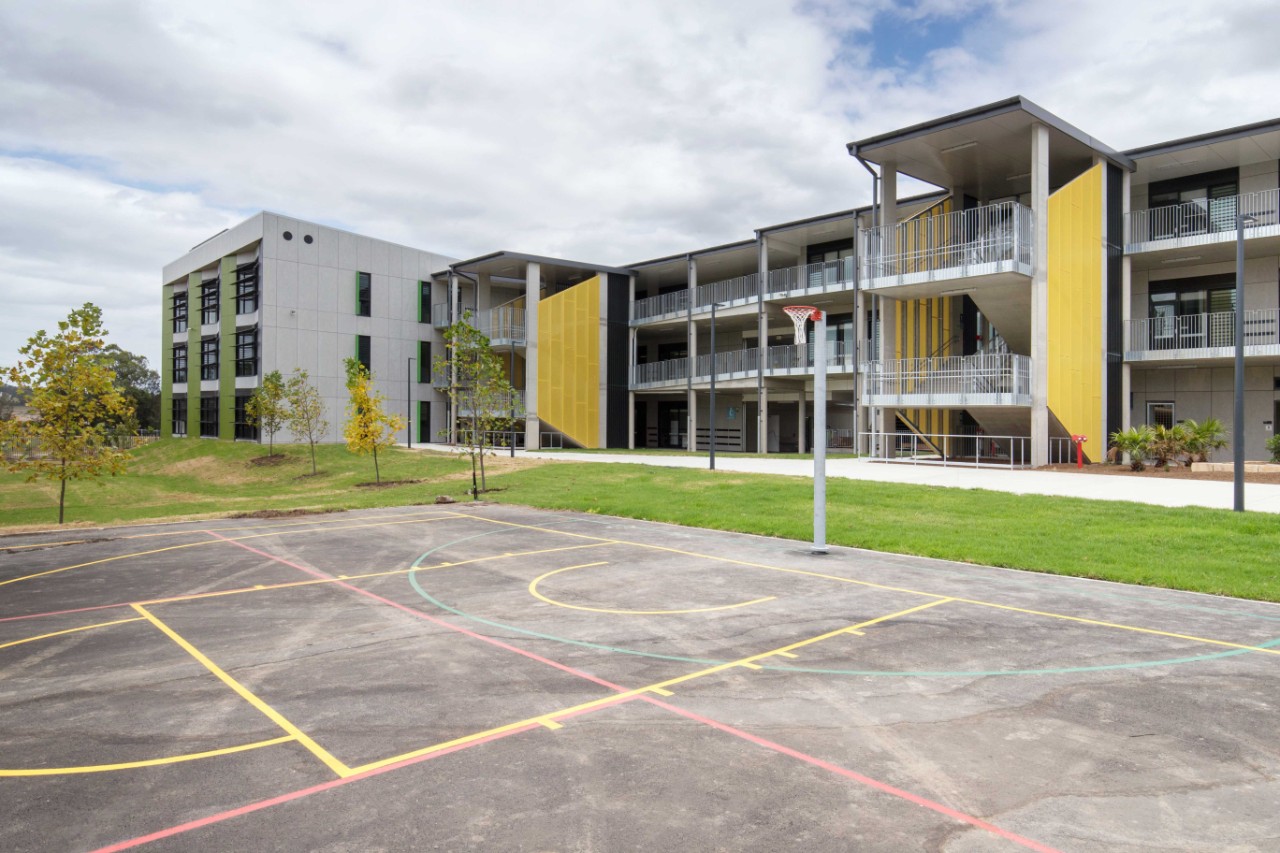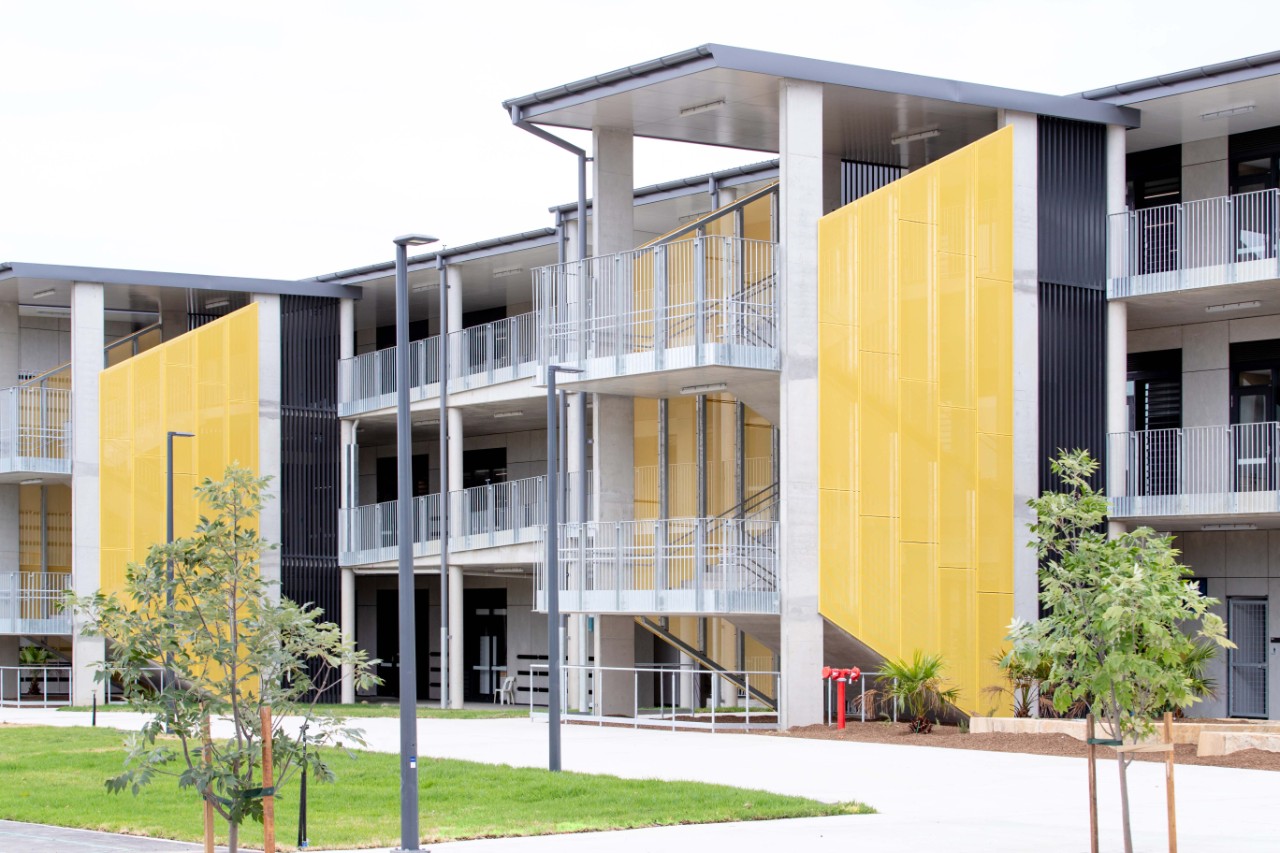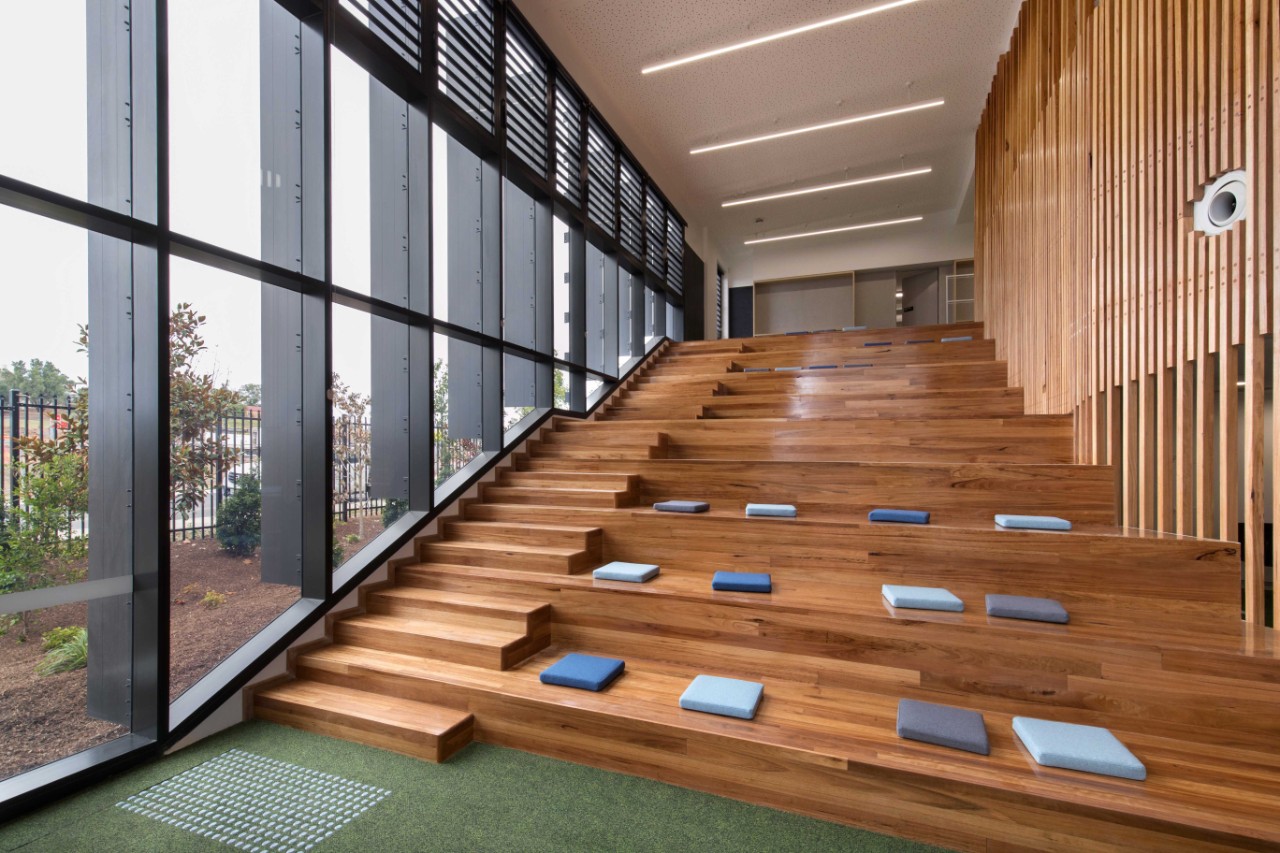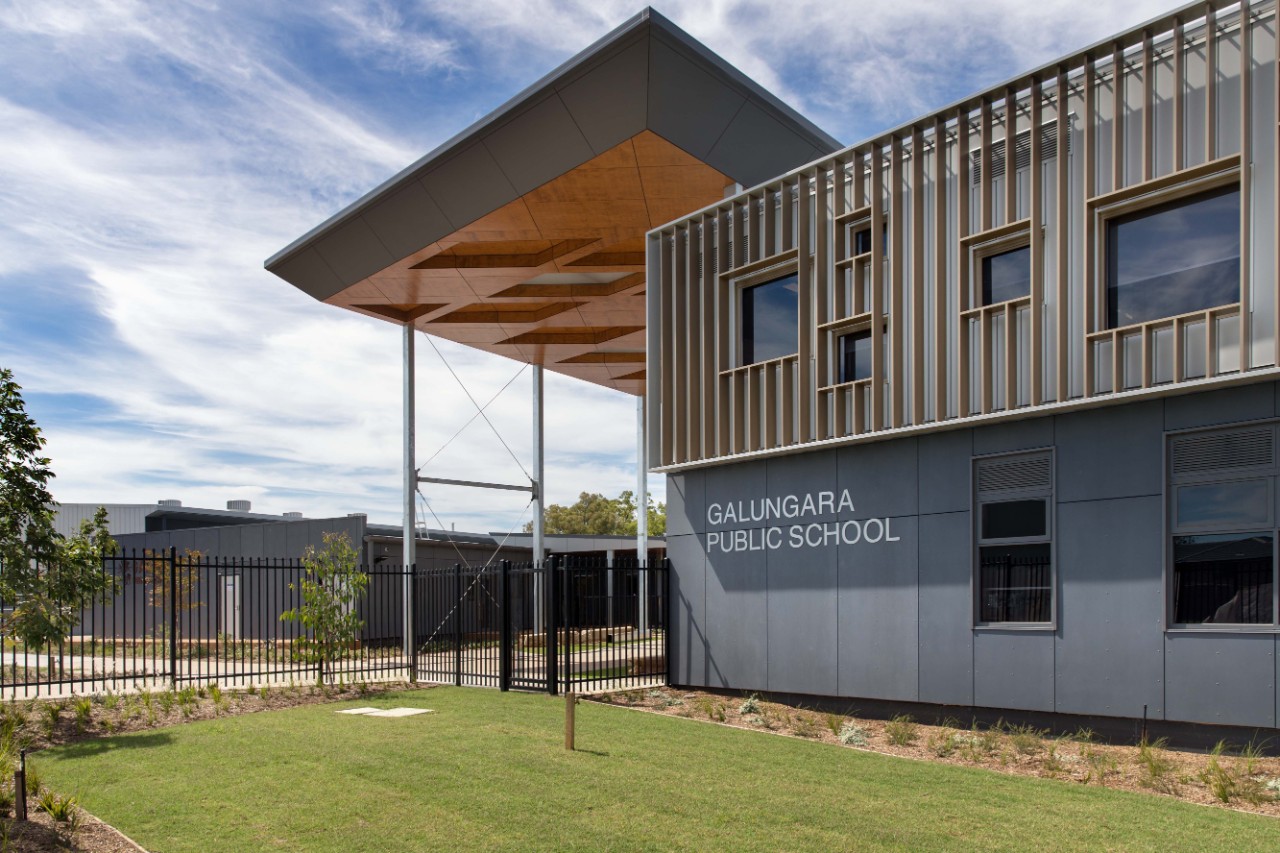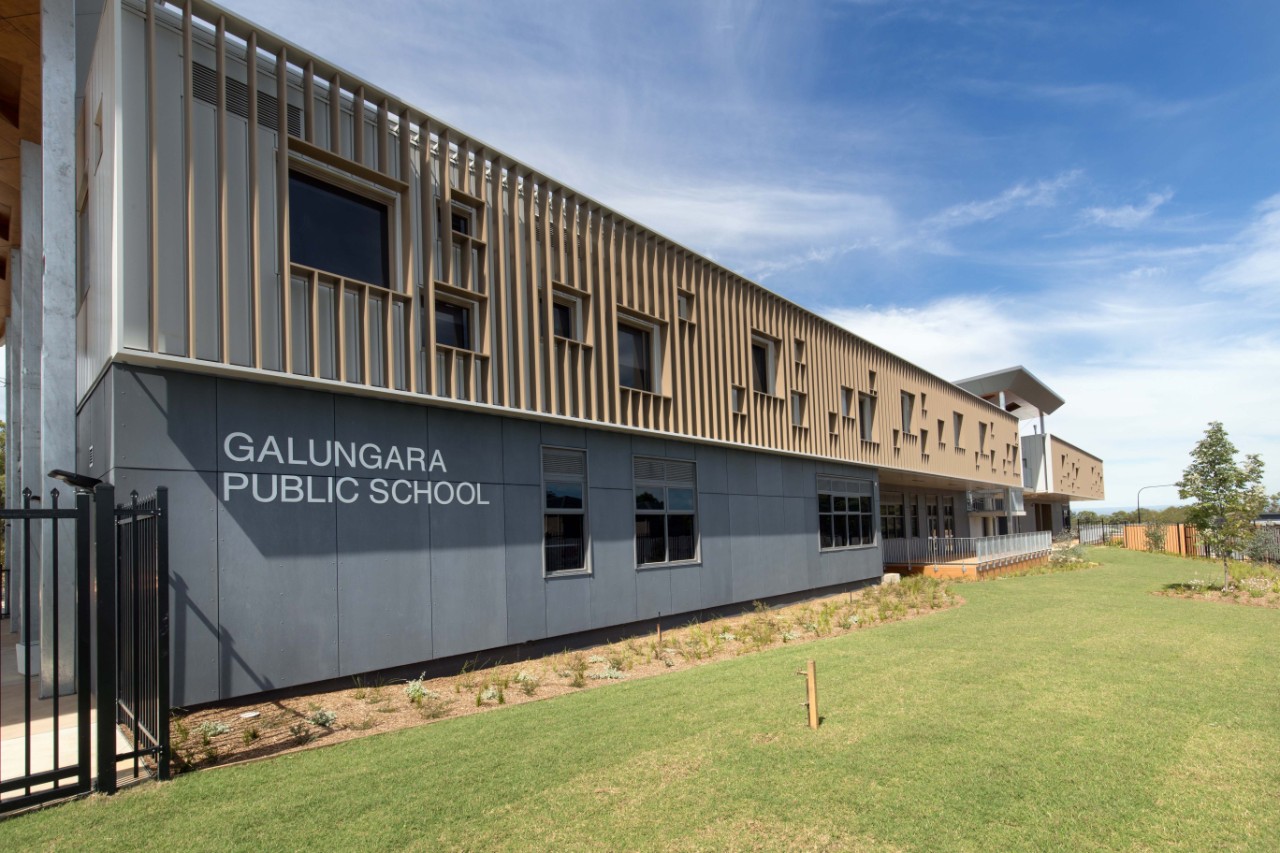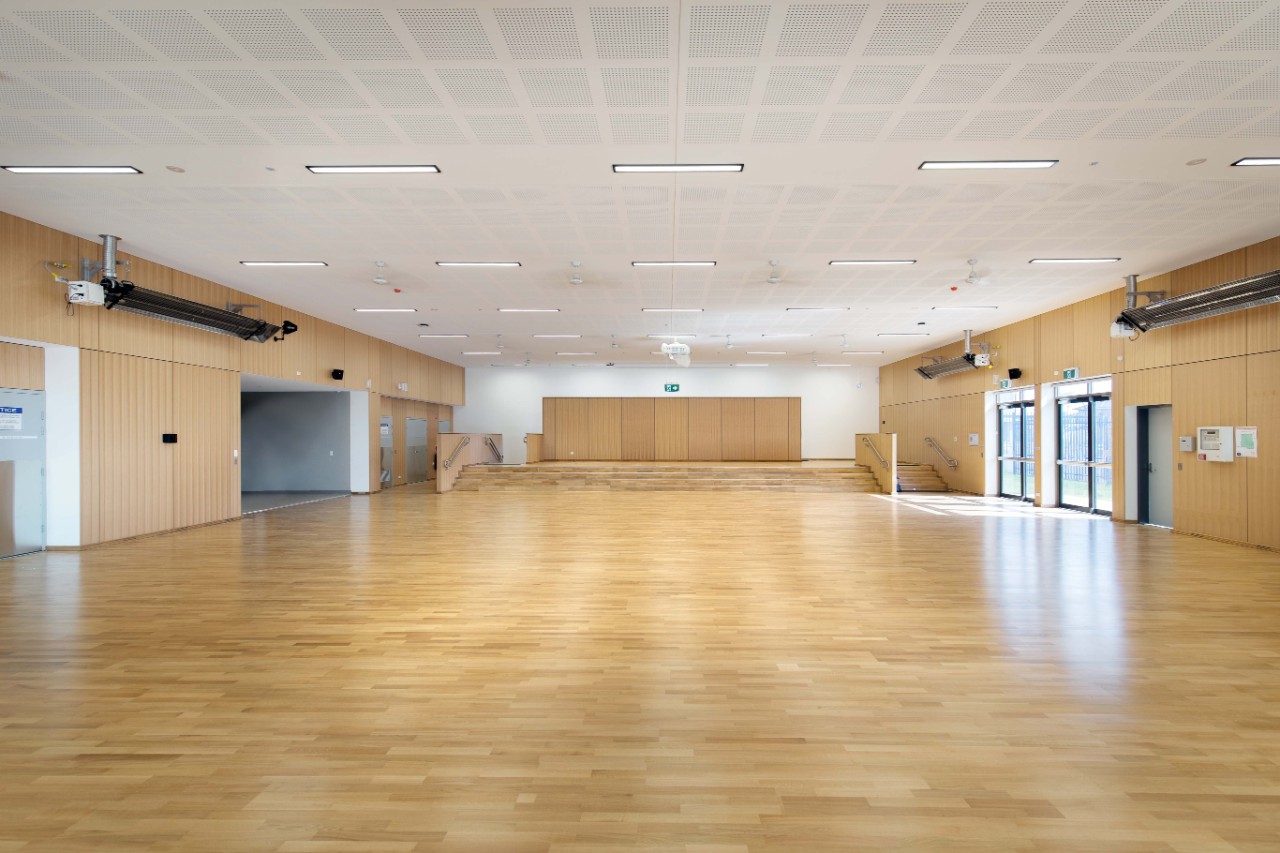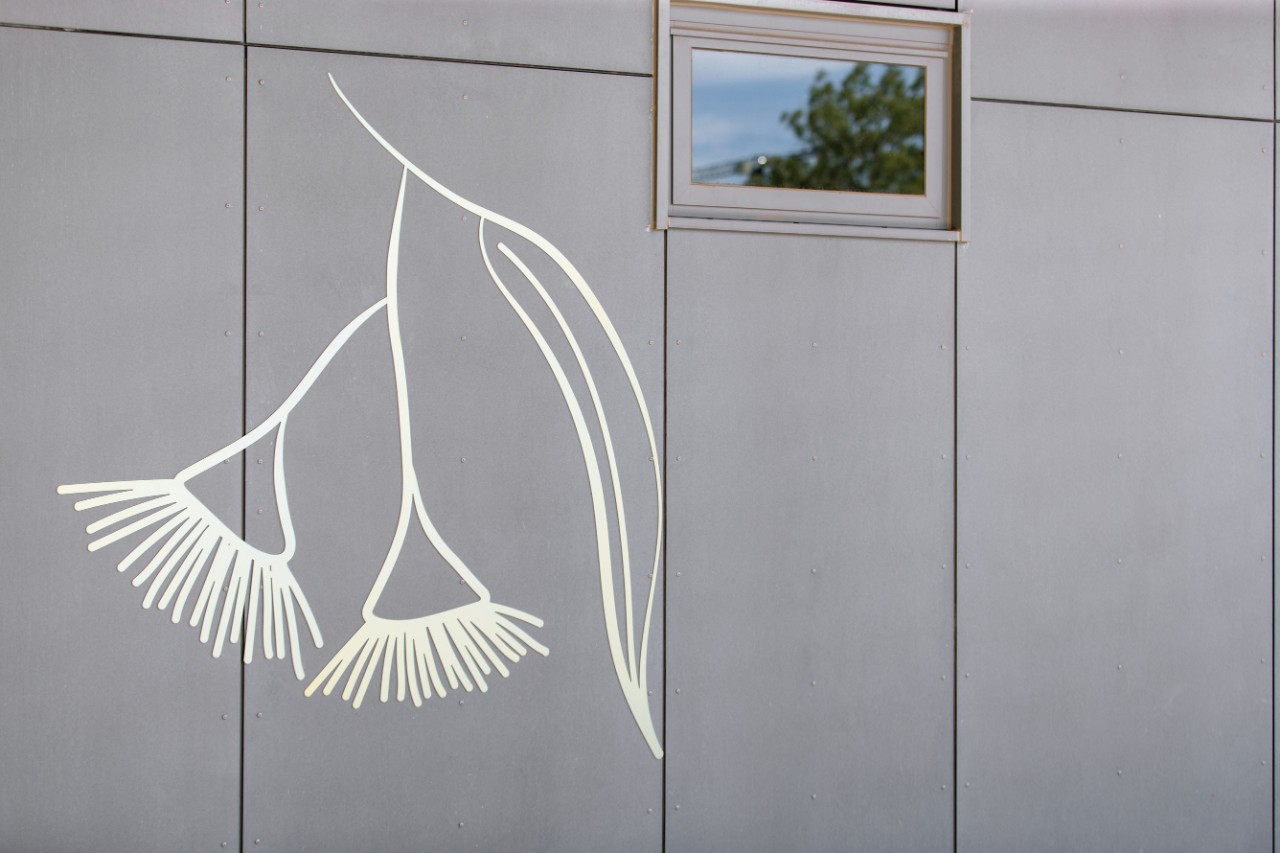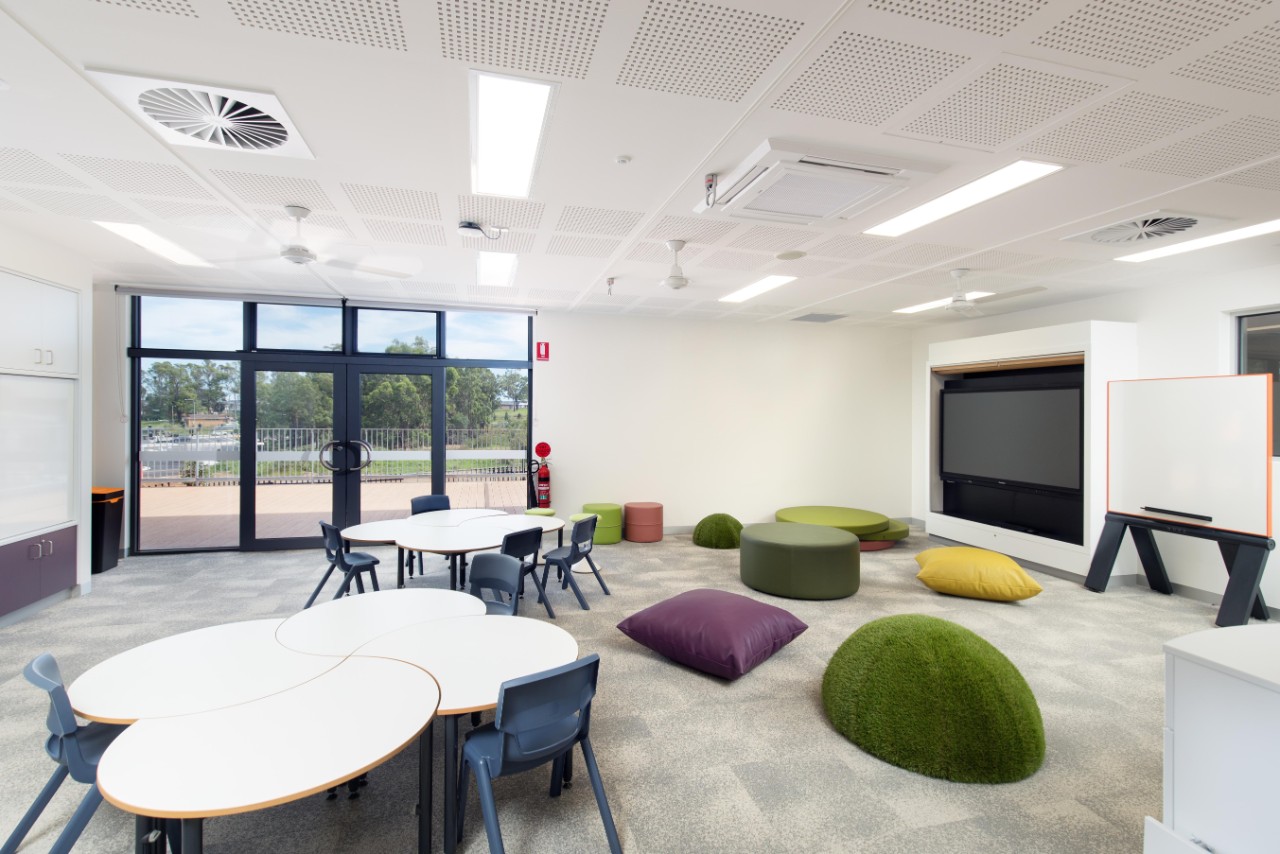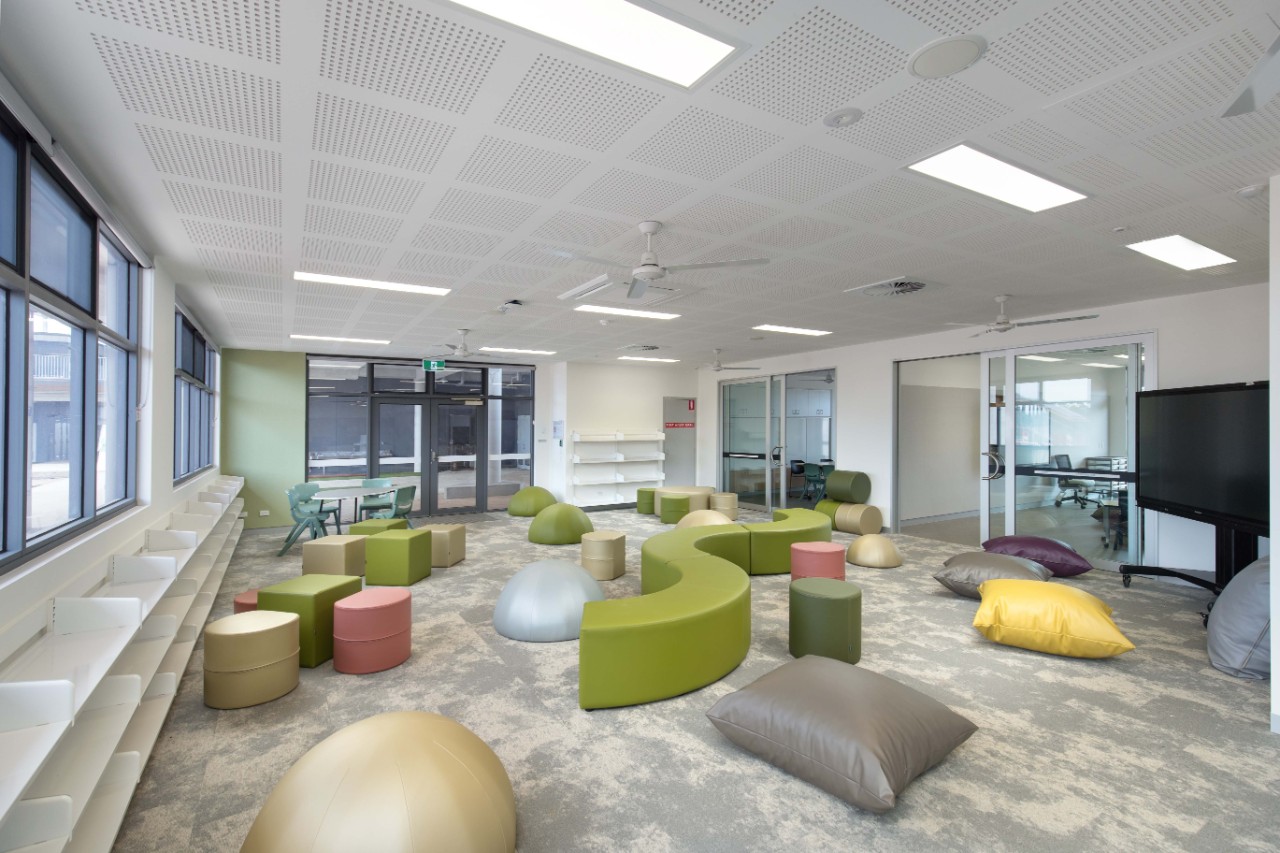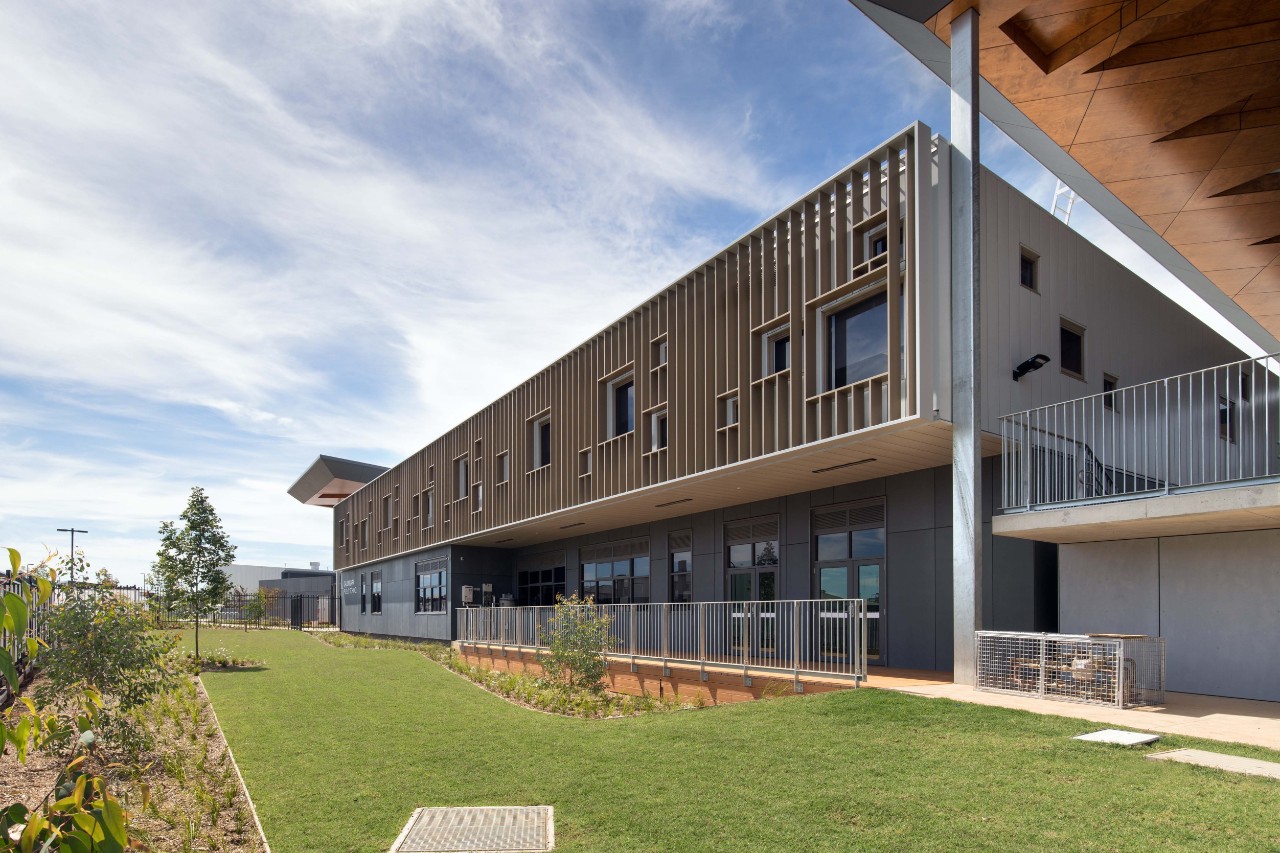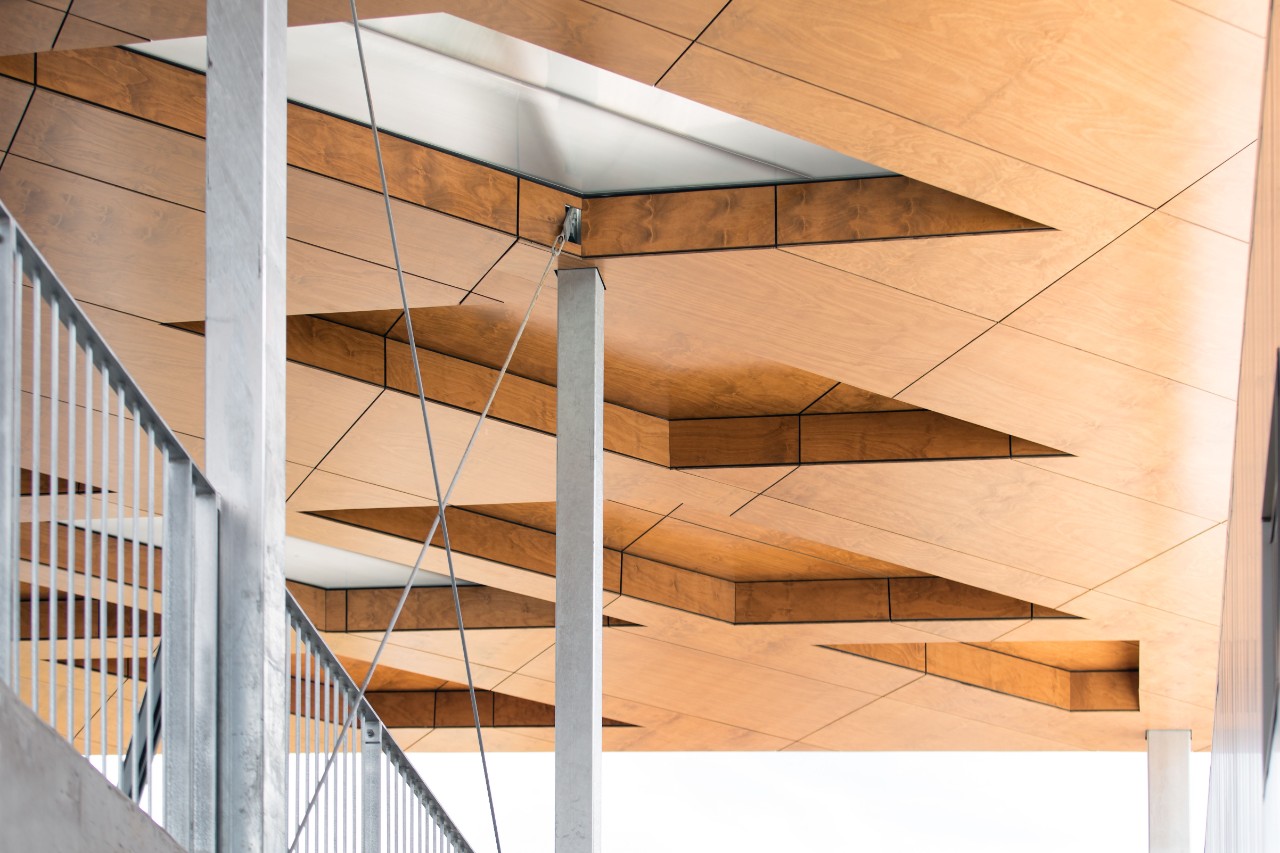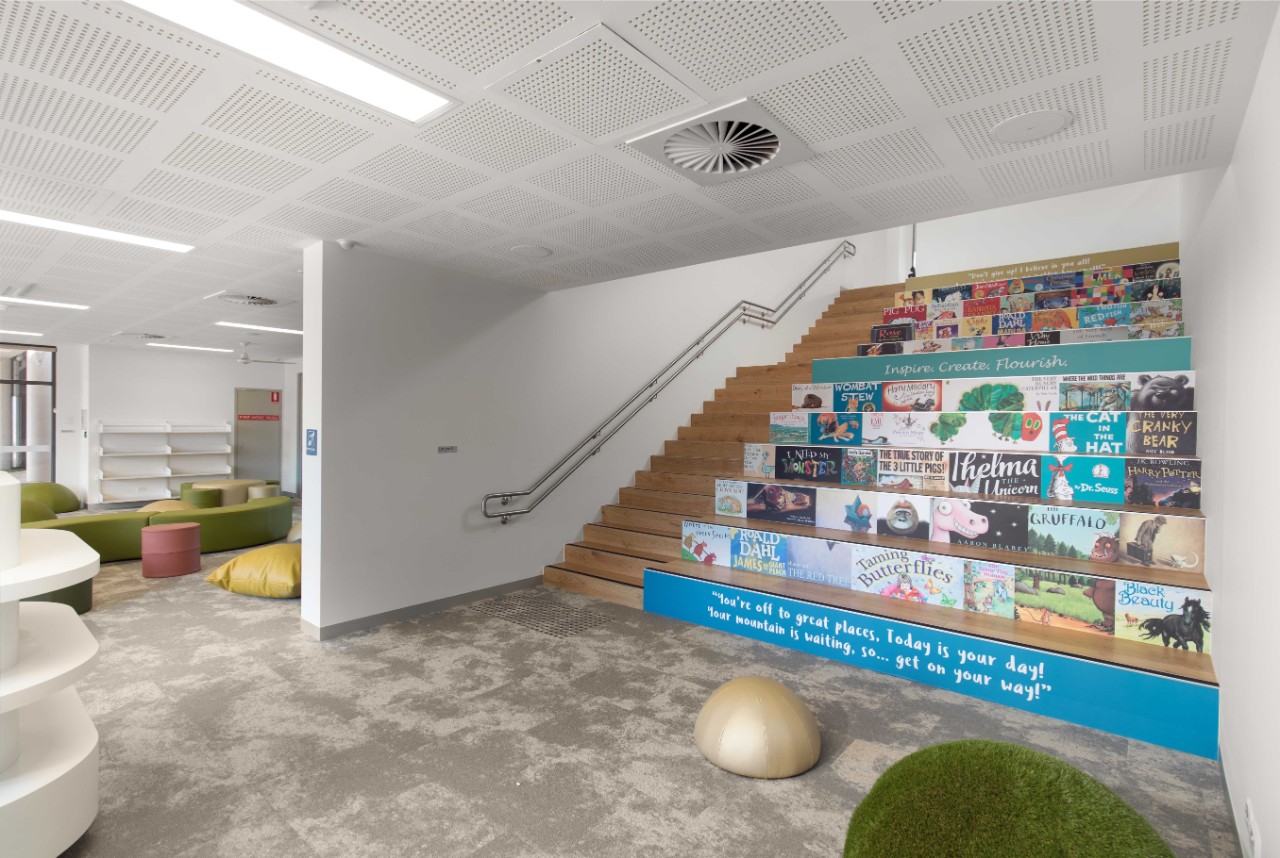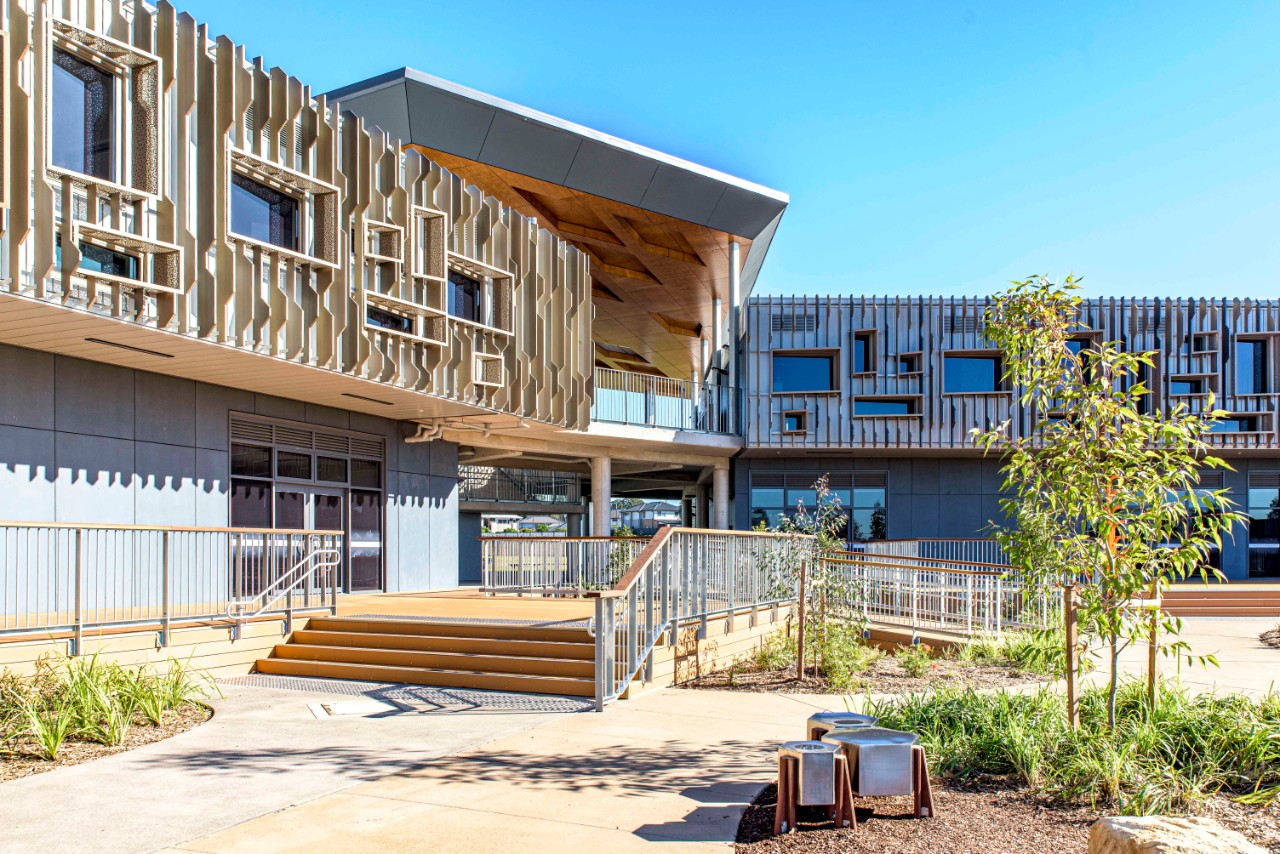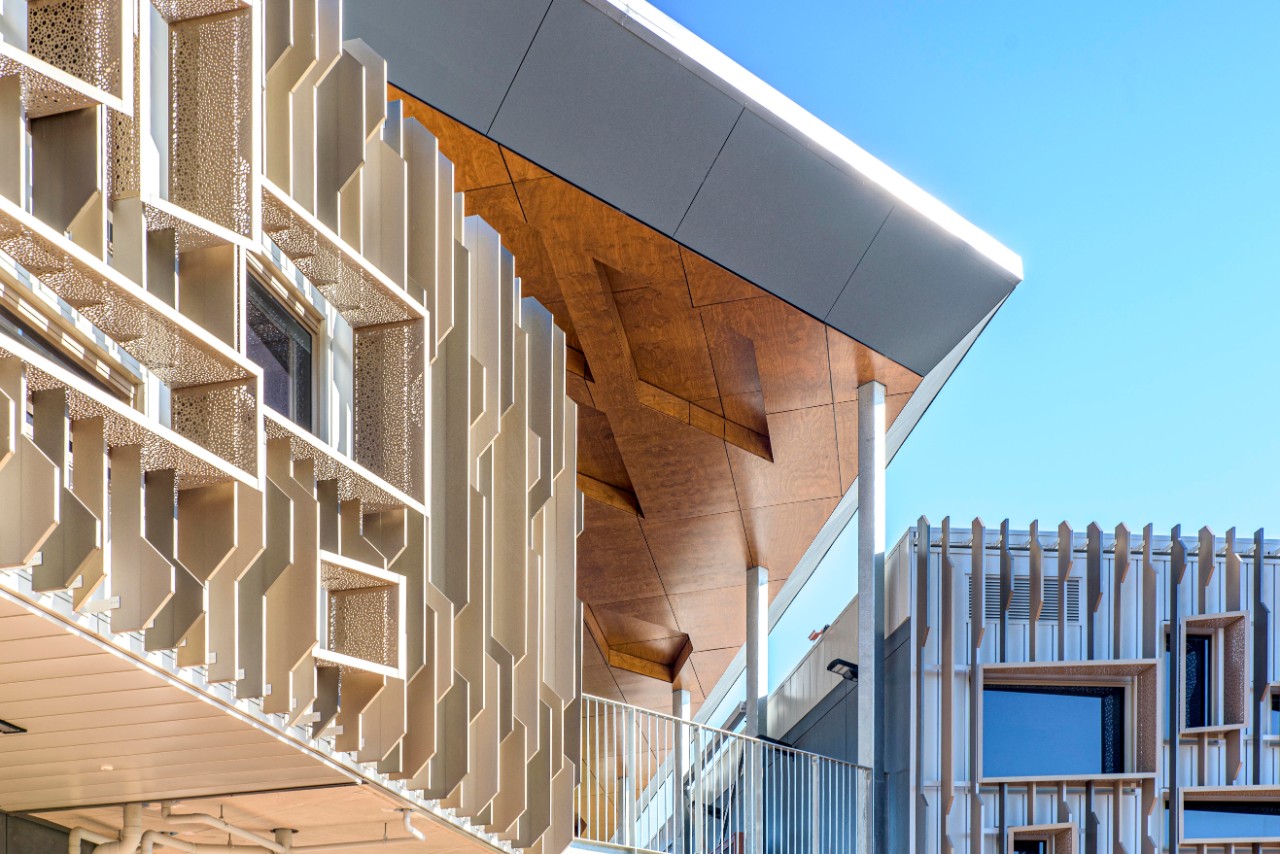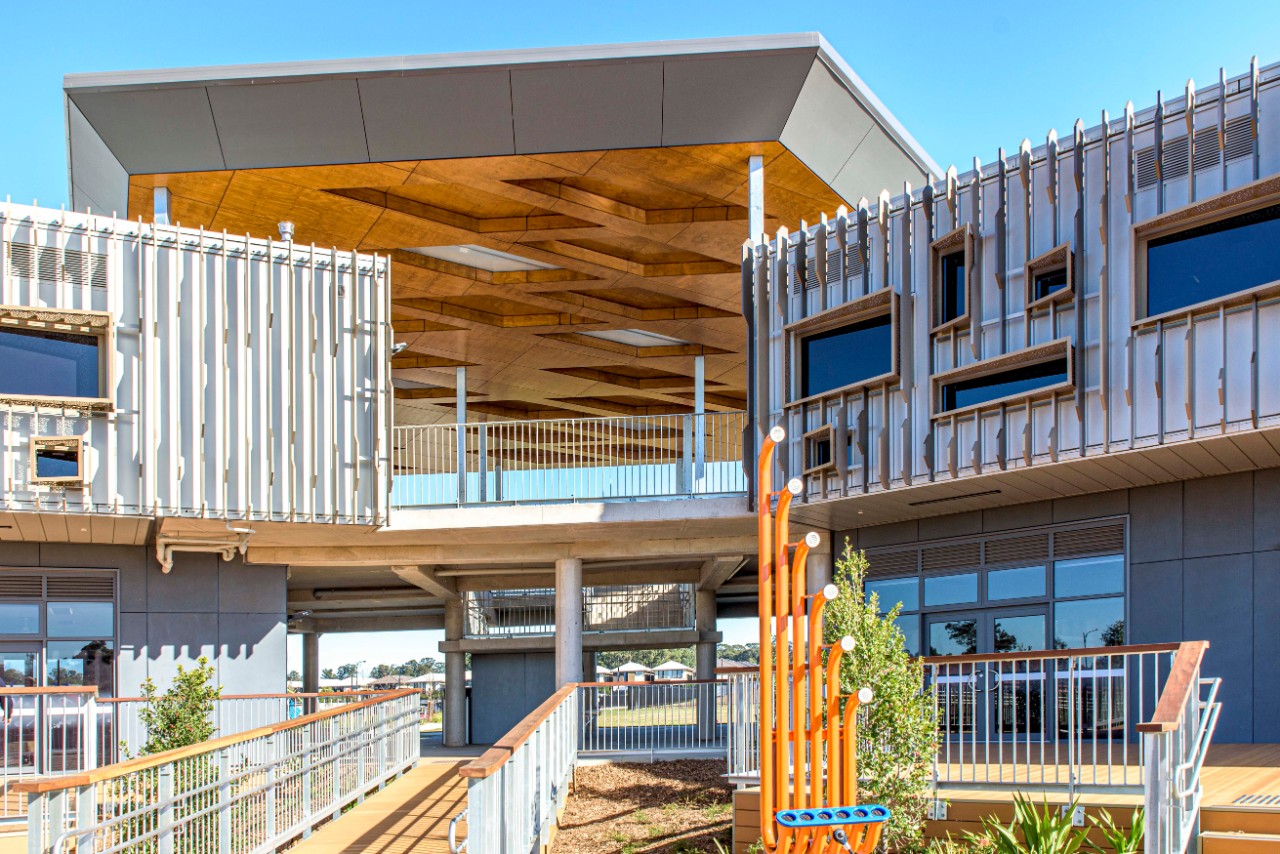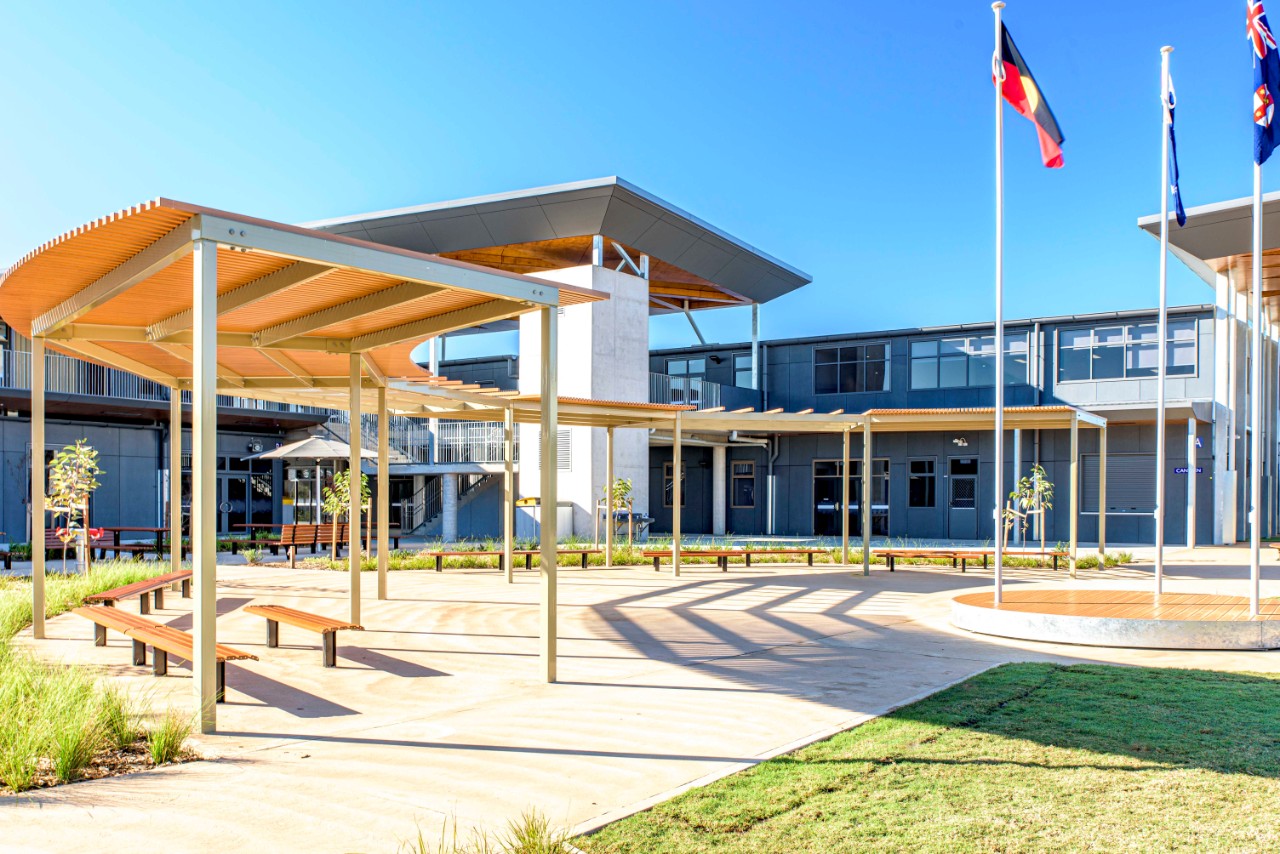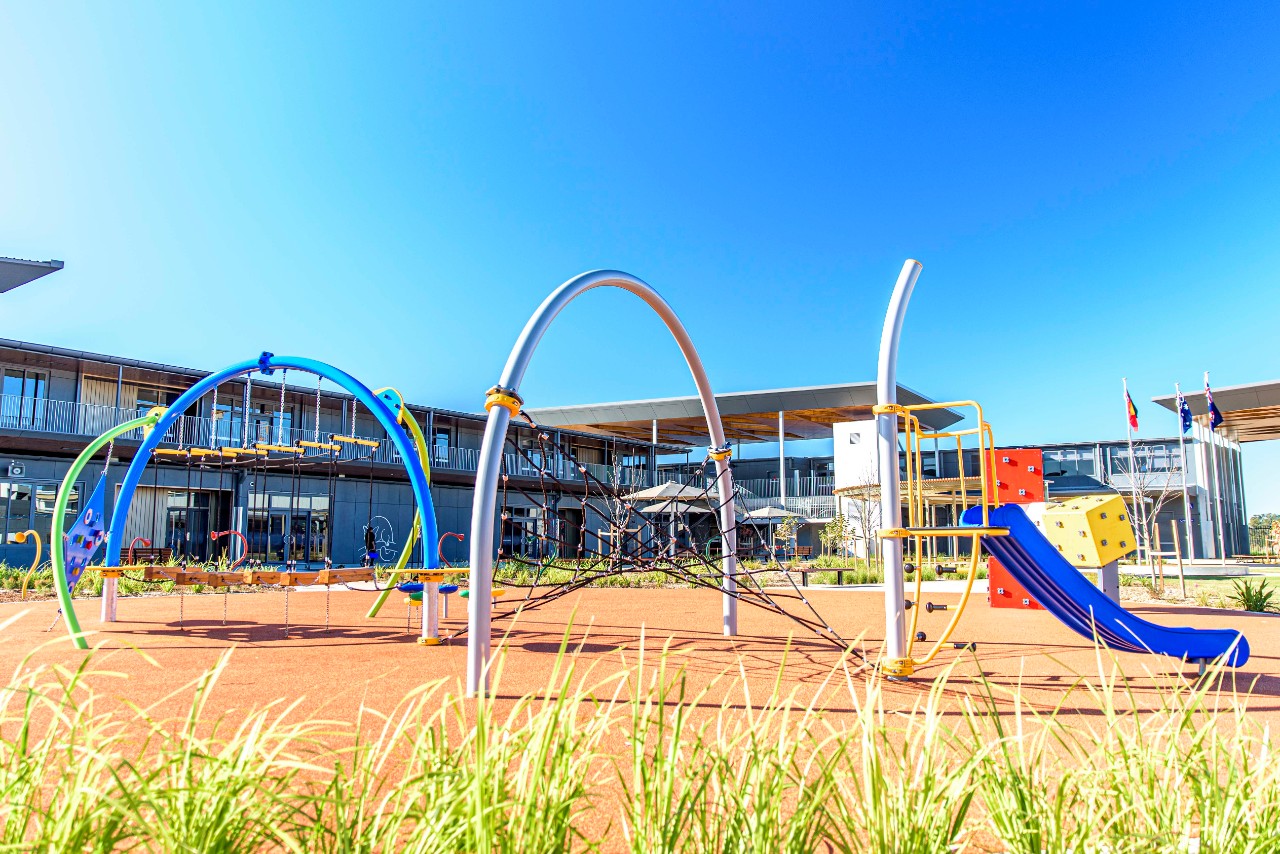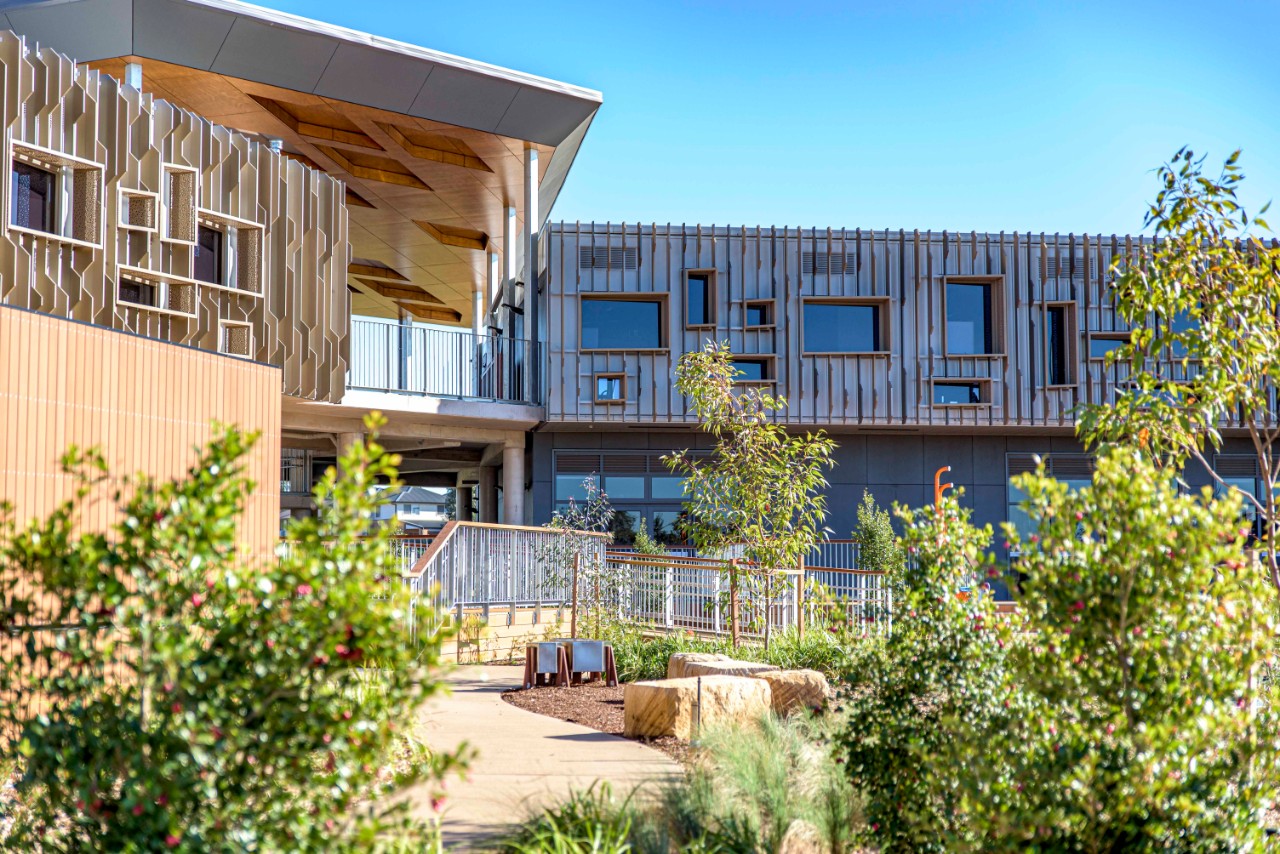New classrooms for NSW

School Infrastructure is developing contemporary strategies to accelerate much-needed school infrastructure in areas of high growth. These strategies herald a new age of school building and include a range of modern construction methods that can improve quality and save costs and time.
Advanced manufacturing capability and digitalisation is a strategic objective for the NSW Government. We want to explore ideas that will upskill the workforce, create new market sectors where this industry can grow, and lead to improved outcomes for the students of NSW.
We are looking to integrate the latest digital technology, modern methods of construction (MMC), ‘kit of parts’ methodologies and mass production. Our goal is to deliver high-quality flexible teaching spaces that meet sustainability objectives and deliver value for money.
Expanding the pavilion product
In 2021, School Infrastructure began a trial to deliver permanent learning spaces using a kit of parts methodology with engineered mass timber.
A pavilion learning hub - featuring 4 flexible learning spaces and covered walkways - was successfully delivered at Fern Bay Public School for Day 1 Term 4 2021.
This is the first of its kind for educational infrastructure in Australia. Most of the components were manufactured in a factory in South West Sydney and were assembled at the school in around 6 weeks.
Promoting greater use of our ‘pavilion product’ across the breadth of our portfolio has the potential to help us keep pace with the needs of rapidly growing schools across NSW.
Other benefits include:
- rapid delivery with minimal disruption to school operations
- improved sustainability and safety outcomes
- private sector investment
- job creation in the manufacturing sector.

